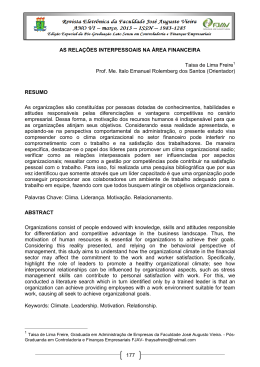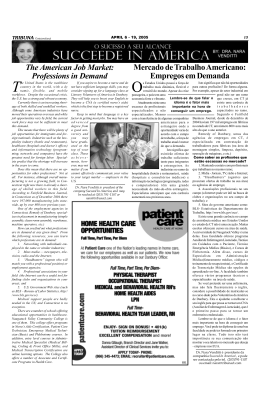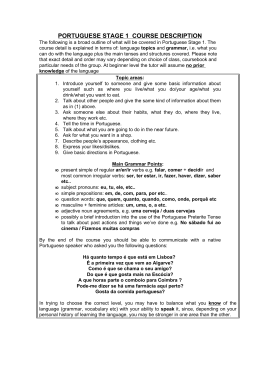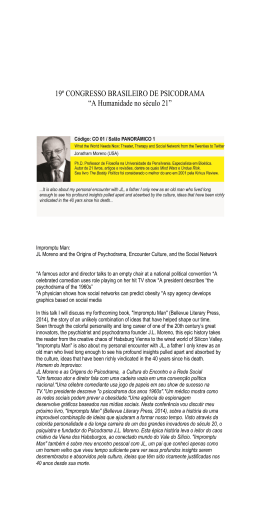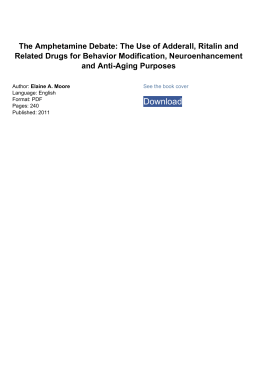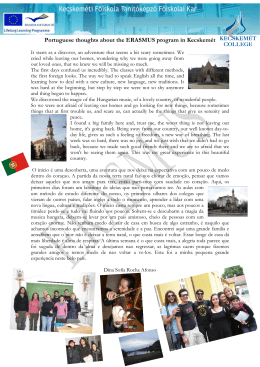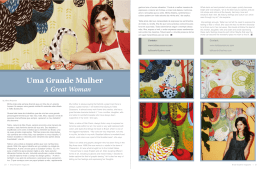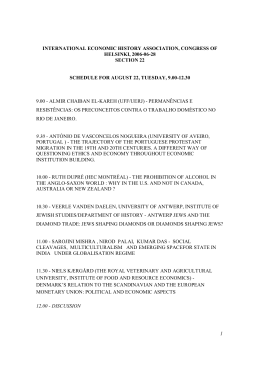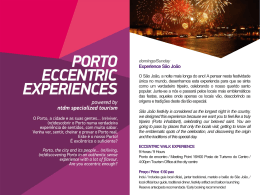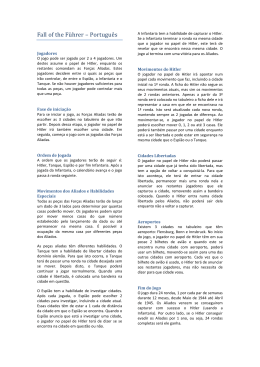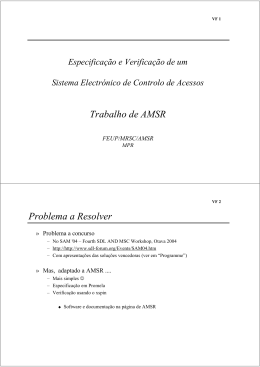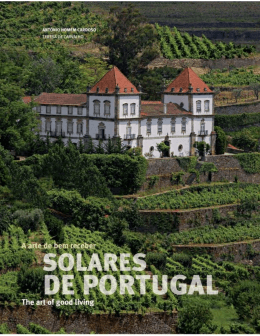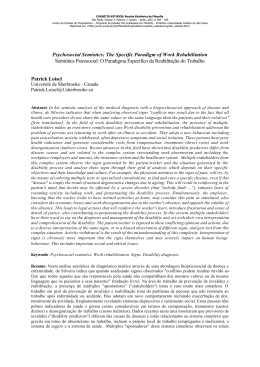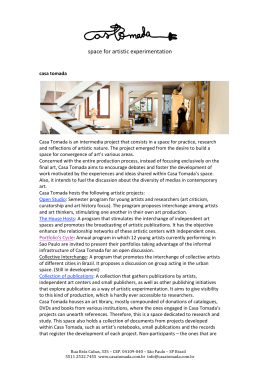Maya Dikstein cargocollective.com/mayadikstein cargocollective.com/escitas 8’18” The proposal is to capture with a photography, the duration in which the sunlight travels to reach the Earth. The sunrays take around 8 minutes and 18 seconds in a trip of 150 million quilometers to arrive to us. The work is the experiment of the moments just before the meeting between sun, earth and beings. It focuses on the lapse in arrival and the bigness of the space dimension lived in the simplicity of the gesture of being here. In 8’18”, I use an analogic camera as a means to materialize the light in the negative. A photograph that speaks about itself when seeking in the lapse of light its existence. process_ way to get to the Full Moon Observatory // digital images. 8’18” fotografia digital (visor da camera analógica), 2013/2014 > I started this work in January 2013 at the artist residence Nuvem, Visconde de Mauá RJ. http://nuvem.tk/wiki/index.php/Maya_Dikstein drawing in map < dimensions_ 42×29,7cm < material_ tape and color print. < year_ 2013 > http://cargocollective.com/mayadikstein/desenhocidade SERIE I digital video < duration_ 14:30 (loop) < dimensions_ full HD 1920x1080 < capture_ canon 7D < year_ 2013 SERIE I Esta performance experimenta reordenar o espaço de um quarteirão. O corpo, na ação de caminhar, desenha e traça na paisagem um novo contorno. A cidade é um foco de interesse no meu trabalho e onde exploro aspectos como impermanência, usos, movimento e desenho. Um processo em que busco tensionar demarcações pré-estabelecidas. De que maneira se dá a construção de zonas fronteiriças, ao considerarmos que sua própria condição é em si vinculada a aspectos em permanente transformação? Nesta série, desenho com a cidade limites transitórios. Uma dança coreografada pelo caminhar entre corpo e o entorno. A recriação dos passos que, numa dimensão temporal, constitui o repertório espacial que cada vida desenha na paisagem. Wind is an archaeological undertaking, operating in the subtexts of an official history. It is the search for narratives submerged in the sea that brought immigrants from Africa to America and Europe. The search for recollections amidst the unstable swerves of a nomadism spread through- out diasporas. Stories of people and ancestral rites, dug into the concrete of Bijlmer and the modern myth. S/título Esse trabalho dá continuidade a investigação da relação corpo e paisagem. um perceber-se de si no ambiente, sem dissociar-se dele. Que, fosse na cidade, inevitavelmente iria somar-se aos demais ruídos, tornar-se parte da massa cinzenta. Ruído pós-industrial. Ir da casa para a mata talvez seja também por um entedimento dela como casa. Sem paredes; simplificação das estruturas. um voltar à terra. < suporte_ série de imagens em digital e 35mm p/b < ano_ 2014 S/TÍTULO Digital and analogical photographs, 2014 DUNAS > study for dunas_ movements, shapes, wind. Dunas is an investigation between body and landscape. It is a mapping undertaking. A surveying of the dunes - their shapes, movements, directions, sounds - which turns out in a choreography of gestures performed with the landscape. It is also a way of mapping the booming sound – a soundscape which is disappearing due to pollution issues. The idea of dancing with dunes is born of a desire to touch the landscape. It comes out of an observation of urban spaces. If that were in the city, it would inevitably be added to the other noises and become part of the gray matter; post industrial sound. In some religions, to be in the desert (emptiness) could be understood as a stage of purification. In Budism, the search of an inner peace and equanimity is related to an inner silence, an isolation that is in practice, to listen: to learn to perceive subtleties. Perceiving ourselves in the environment without dissociating from it. Energy flows and permeates; everything is one. In Judaism, the story of the quest for freedom goes through Egypt, Mitzrayim in Hebrew, which means ‘narrow place’. Is the output of slavery followed by forty years in the desert. To get rid of the remnants of imprisonment. S/TÍTULO repousos pela cidade. //// neste trabalho me suspendo em rede por postes e placas. rente ao chão da calçada, leio um livro, vejo pessoas, escuto carros, sinto sono. percebo o tempo das ruas. /////// você quer que eu te conquiste ou te roube? APROXIMAÇÕES This work was based on the remains of the old rail. In the past, the ocean reached what today is land and the train system served as the transportation for the goods. Nowadays, the railway is underused and the city lacks of major services for large transportation. The video focus on the idea of the constantly transformation of urban spaces. The concept of overlapping memories, objects, spaces and the traces that remais and can be found by observing more attentively the enviroment. The work was developped with performances by walking in the hidden rail tracks. During those journeys we found many obstacles and faced the condition of a permanent reorganization of the space. video and map. The work was exhibit at the X Biennal of Architecture of São Paulo 2013. X Biennal of Architecture of São Paulo IN MY BREATH I TELL YOU THE TRUTH Este trabalho surgiu a partir do conto “Odradek”, de Franz Kafka. In my breath é uma pesquisa sonora na qual me ultilizo da respiração para a construção ritmica do texto. A escuta é individual com fones de ouvido. “ “Como te chamas?”perguntam-lhe. “Odradek”,diz. “E onde moras?” “Domicilio Incerto”, responde , e ri, mas é um riso sem pulmões. Soa como um sussuro de folhas secas.” https://soundcloud.com/maya-dikstein/trecho-de-in-my-breath-i-tell < audio < duration_ 30min < capture_ h4n zoom recorder + microphone sennheiser k6 HOMEM MOVEL < < < < < short-film duration_ 15:30 dimensions_ full HD 1920x1080 capture_ sony EX1 year_ 2012 Homem Móvel é um curta-metragem sobre apartamentos vazios. A história de um corretor de imóveis que habita espaços ofertados no mercado imobiliário serve de fio condutor para a investigação de remanescentes do vazio. um andarilho silencioso pela cidade. < Images for study of the gestures and coreography of actions. work of being a made. performances of subtraction. the unarchive. Cleaning the house is an artistic practice. unseen. hidden into walls. women. // Trabalho em andamento e pesquisa. Performance de faxinas semanais na casa de pessoas utilizando produtos de limpeza caseiros. Imagens para estudo de gestos e coreografia das ações. 2013 doméstica.domesti.cities limpo móveis chão vidro banheiro, tiro tudo do lugar recoloco em outro quando quero esquecer. coisas tem lugar incerto. MARIA AUXILIADORA | RUA SILVINO MONTENEGRO 150, GAMBROA, RIO DE JANEIRO > https://vimeo.com/52521429 O filme mostra um casal que vive na região portuária. Ele é operador de escavadeira e trabalha construindo ruínas. Ela é dona de casa e costureira por encomenda. O barulho das máquinas e o peso da rotina mantém escassa a comunicação. O homem é transferido para a obra de revitalização do porto, e uma série de construções no entorno começa a ser demolida. As paredes caem. As ruínas invadem a casa. < still de filme < duração_18min < dimensões_2K 2048x1080 < captação_ REDCINE < audio_5.1 < ano_2014 SAMBA DO AMARAL Um homem de rua que encontra abrigo em sua memória. Uma performance sobre encontros e a reconstrução de uma casa onde realidade e fantasia se misturam. Este trabalho abriu um novo caminho de investigação e trouxe a mim o interesse em desenvolver processos colaborativos com pessoas desconhecidas. A rua, além de ser potencialmente um lugar de se intervir, é um espaço latente de encontros. Em Samba do Amaral, experimento não só a performance na rua, mas todo o seu processo anterior juntamente com alguém que faz uso desse espaço para (sobre)viver. O projeto foi desenvolvido durante residência organizada pelo es- cola holandesa Gerrit Rietveld Academie. < still de video < duração_ 5min < dimensões_full hd 1920x1080 < captação_ canon 7D < audio_ 2.0 < ano_ 2012 CARTOGRAFIA DO ABANDONO Cartografia do abandono is a series of sound and image of abandoned places in Rio de Janeiro. It is a mapping of evicted houses in a slum area. The old owners left their houses with the promess of a new home to go. > https://soundcloud.com/maya-dikstein/cartografia-do-abandono-sonora PENSAR PÚBLICO An exhibition on dynamic and real-time mapping that took place at the Studio-X, Rio de Janeiro, in February 2012. This exhibition was the result of a collaborative work of a multidisciplinary group composed of designers, architects, artists and scientists, of which I was one of the coordinators. The group has conceptualized, designed and produced two installations. Cartography emerged as a tool to converge the different ways that these disciplines analyze the city. Exploring and working on innovative ways to map the public space, the project understands the city as a complex system with overlapped information that is in constant change. In that sense, a traditional map would be a fractionated perception of the whole movement of the city. Mapping people’s circulation and temporary occupation of the city seamed as important as mapping the city’s fixed structures. Therefore the installations were designed as ephemeral maps on dynamic media, showing the city’s fluxus through its traces, and permanences through its absences. > http://pensarpublico.com.br/
Download
